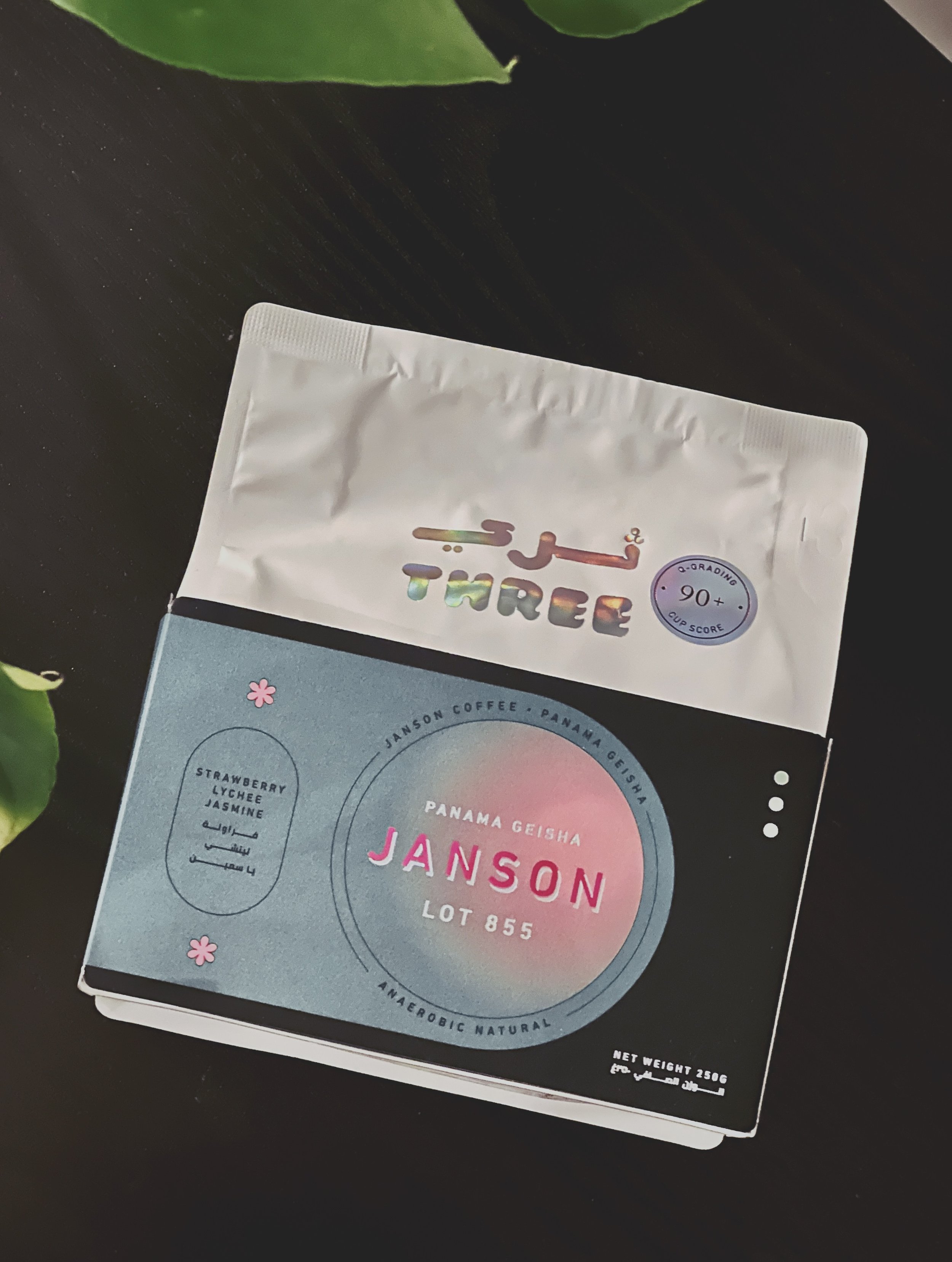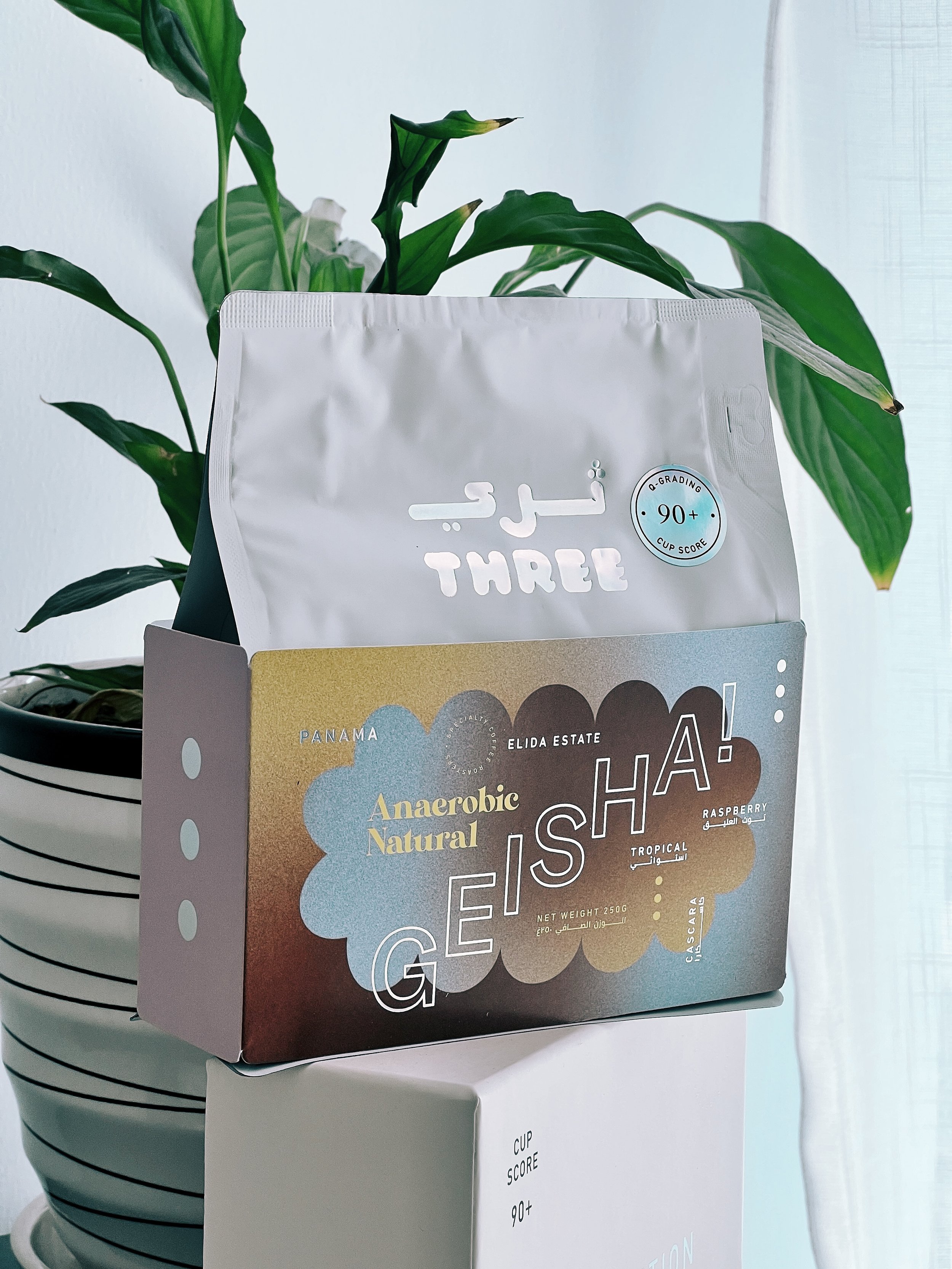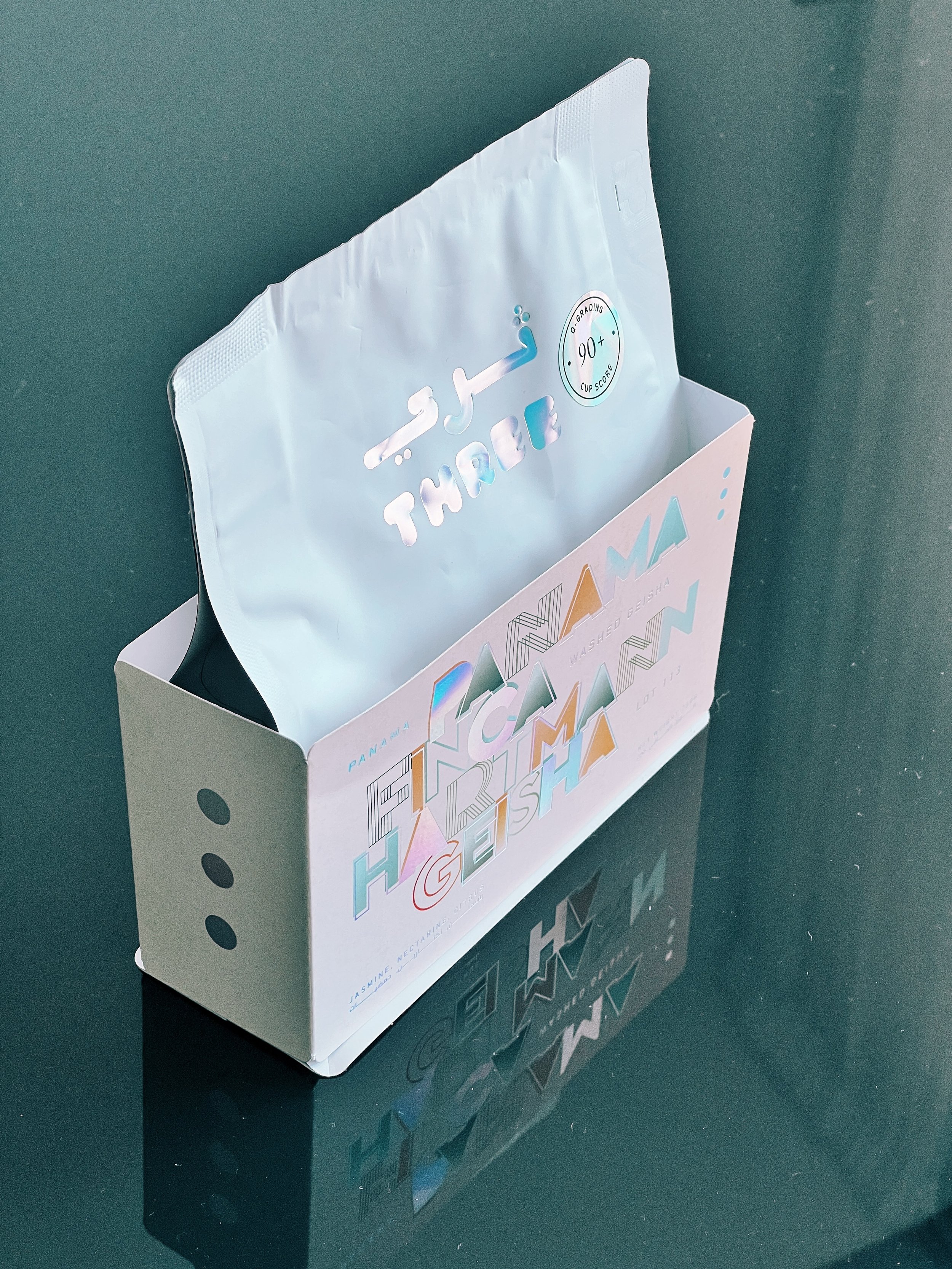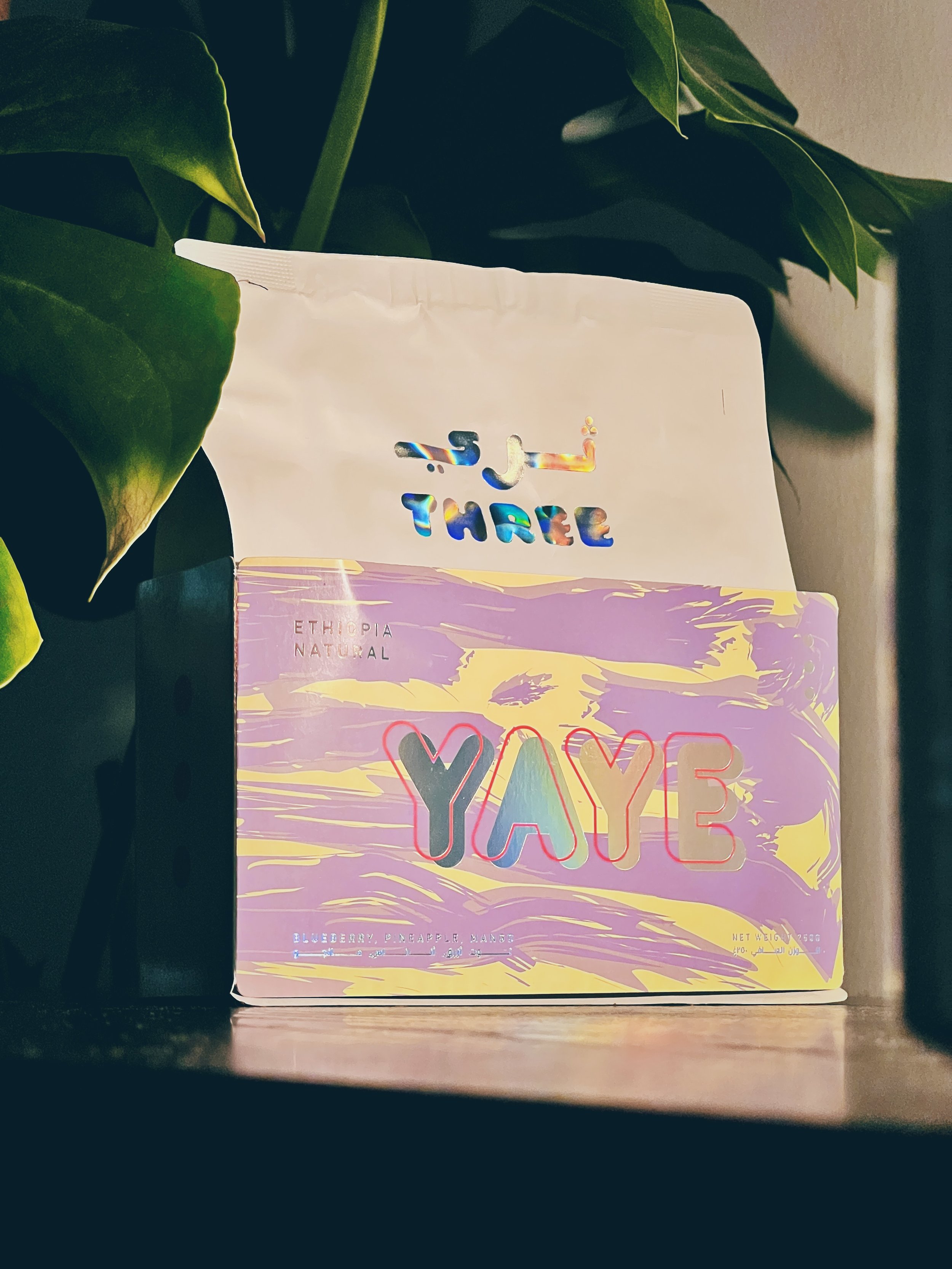THREE Coffee: Making Coffee Better
Photo Credit: Three Coffee
When I attended a coffee master class a few years ago headed by Drew and Karthik, the very thing that drew me to specialty coffee was how well-versed they were about the whole thing. Of course, they had to be. They were adept in that area of expertise but that was not why my interest piqued. It was how they managed to translate the complex language to layman terms and made me appreciate the industry even more.
Drew and Karthik briefed me on various modules — the journey from bean to cup, perceiving taste and smell in coffee, different brewing methods, experimenting with different grind size, cupping and tasting coffee and I'm not even sure if I manage to list it all there.
If there’s something I can list, its the wonderful coffees I have been having this past month. I’ll tell you one thing though, THREE Coffee’s got variety. Something for everyone. I also know one more thing for certain, Three sources, roasts and puts coffee up for sale faster than I can brew it all. At the time of writing this, they have released at least 3 new coffees.
Here’s a summary of the coffees I have brewed this past month, in no particular order:
Yemen Natural Wadi Shaia’an
I was intrigued by coffee from Yemen after reading The Port of Mokha. That is how I was introduced to Yemeni coffee and I can’t look back now. It’s one of my favorite origins. This is the second Yemeni I’m brewing from the producer Mokha not Mocha!
It’s not the name that makes an impression but their values of using truth and knowledge in the highest regard to create a lasting impact. Expect berries, dried fruits and dark chocolate.
Yemen Anaerobic Natural Bait Alal
So this is how my coffee routine has been the last two weeks of receiving this coffee. I find myself reaching for this Yemeni in the evenings.
Qima Coffee’s decision to process this coffee as a deep fermentation natural brings out the deep purple fruits and intense sweetness.
Panama Geisha Anaerobic Natural Janson Lot 855
Another spectacular coffee producer Janson Coffee bringing some of the finest Panama has to offer.
What makes this Geisha so good?
Fertile volcanic soil
High altitude
Unique microclimate
Ideal growing conditions
Anaerobic natural fermentation
This is the holy grail of Geishas.
Panama Geisha Anaerobic Natural Elida Estate
Some of the most beautiful coffees I’ve tasted have been from Panama.
Elida Estate is synonymous for producing exceptional coffees but it doesn’t end there. These coffees have consistently been the highest scoring and most expensive in the world.
Very fruit forward cup starting with carbonic maceration followed Lamastus Family Estates’ ASD (Anaerobic Slow Dry) process to bring out lots of berries, candy, and stone fruits.
If you ask me one word to describe this coffee, it has to be Exceptional.
Panama Geisha Washed Finca Hartmann Lot 113
Some facts about Finca Hartmann:
3rd generation family enterprise.
Farms are located between 1,300 and 2,000 masl.
Shade grown coffee under native rainforest trees.
Won several awards in the prestigious Best of Panama competition, including 1st place for the Hartmann Estate Natural.
Challenging growing conditions: cold temperatures at night, add wind and rainfall into the mix. Yield might be less, but the flavor is top notch!
This washed Geisha has intense Jasmine aromas oozing out of the bag, and notes of tropical stone fruits paired with honey like sweetness. This is the epitome of what a perfect cup of coffee should be.
Panama Geisha Natural Finca Hartman Lot 113
The Finca Hartmann Geisha Washed was an absolute spectacular coffee. What we have here is the same Geisha Lot 113 from the Jardin area of the Hartmann Estate naturally processed matrix styled slow-mo, I mean slow-dried for 28 days. Sometimes I get carried away.
What happens when you process the same coffee differently? Turn the sweetness meter up, throw some ripe red cherries and stone fruits into the mix, and you have a lovely cocktail nectar.
Panama Red Honey Geisha Finca Lerida
No, honey processed coffee does not actually have honey in it but the name comes from the mucilage being sweet, sticky and golden amber in color, just like honey.
The coffee cherry skin is removed and some amount of flesh or mucilage is left on the beans. White and Yellow Honey have the least amount of mucilage around the bean, whereas Black and Red Honey have more mucilage and processed under shade to slow down the drying time.
This Red Honey processed Geisha originates from Lerida Coffee Estate. Expect deep white flower aromas, and notes of stone fruits.
This coffee makes me happy, which makes me think, why aren’t more roasters sourcing coffee with this processing? I see the demand for washed processed coffee diminishing, and naturals and experimentals increasing, at least in the UAE.
Ethiopia Natural Yaye
Fun fact: Did you know that this coffee was produced in one of the highest producing areas in Sidama - Ethiopia, called Arbegona. A staggering altitude of 2300 masl!
Expect the coffee cherries to take their own sweet time to develop resulting in sweetness as high as its altitude. Other notes to look out for is its complex vibrancy. Tropical action is largely missing mostly because the ripe mangoes do much of the talking here. Love it!
I still reminisce about the earlier days, how I’d assign a particular brewer for specific days. Those days are long gone. It’s pourover 99% of the time. The experience of home brewing is a session of self-discovery — how distinct the beans smell before and after the grind, the technique used, bloom and taste — the complete olfaction and gustatory experience THREE Coffee offers all the way to the end.









